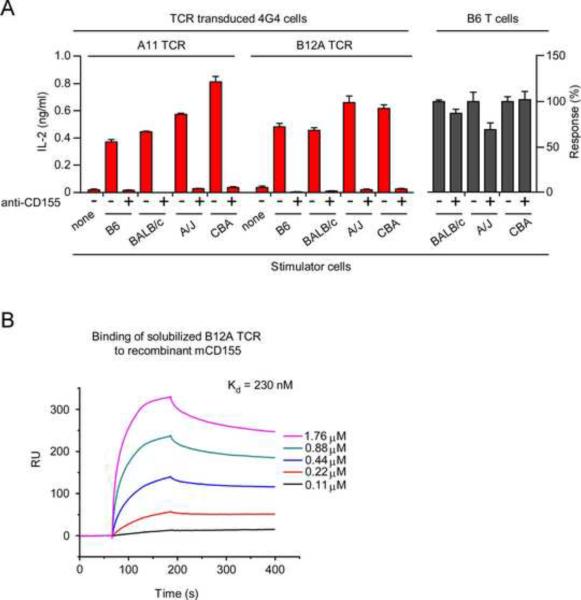Figure 7. A11 and B12A TCR specificities.
(A) A11 and B12A TCRs do not display alloreactivity against allogeneic pMHC complexes. Anti-mCD155 (10 μg/ml) blocked responses of TCR-transduced 4G4 cells (4×104) to a panel of allogeneic stimulator cells (5×105), but did not block alloreactive responses of primary B6 T cells. IL-2 responses of primary B6 T cells (2×105) in the presence of anti-mCD155 were expressed relative to those in the absence of anti-mCD155 which were set equal to 100%. Actual amounts of IL-2 secreted in response to each stimulator strain were BALB/c=292 pg/ml; A/J=277 pg/ml; CBA= 1234 pg/ml. Each data point represents the mean (±SEM) of triplicate culture. Data are representative of three experiments.
(B) Binding of soluble B12A TCR to recombinant mCD155 protein. Surface Plasmon Resonance (SPR) measurements of binding between solubilized B12A αβTCR heterodimers and immobilized recombinant mCD155. The analytes consisted of serial dilutions of soluble αβTCR heterodimers ranging from 0.11–1.76 μM. The dissociation constants were obtained by kinetic curve fitting using BIAevaluation. Data are representative of two experiments.

